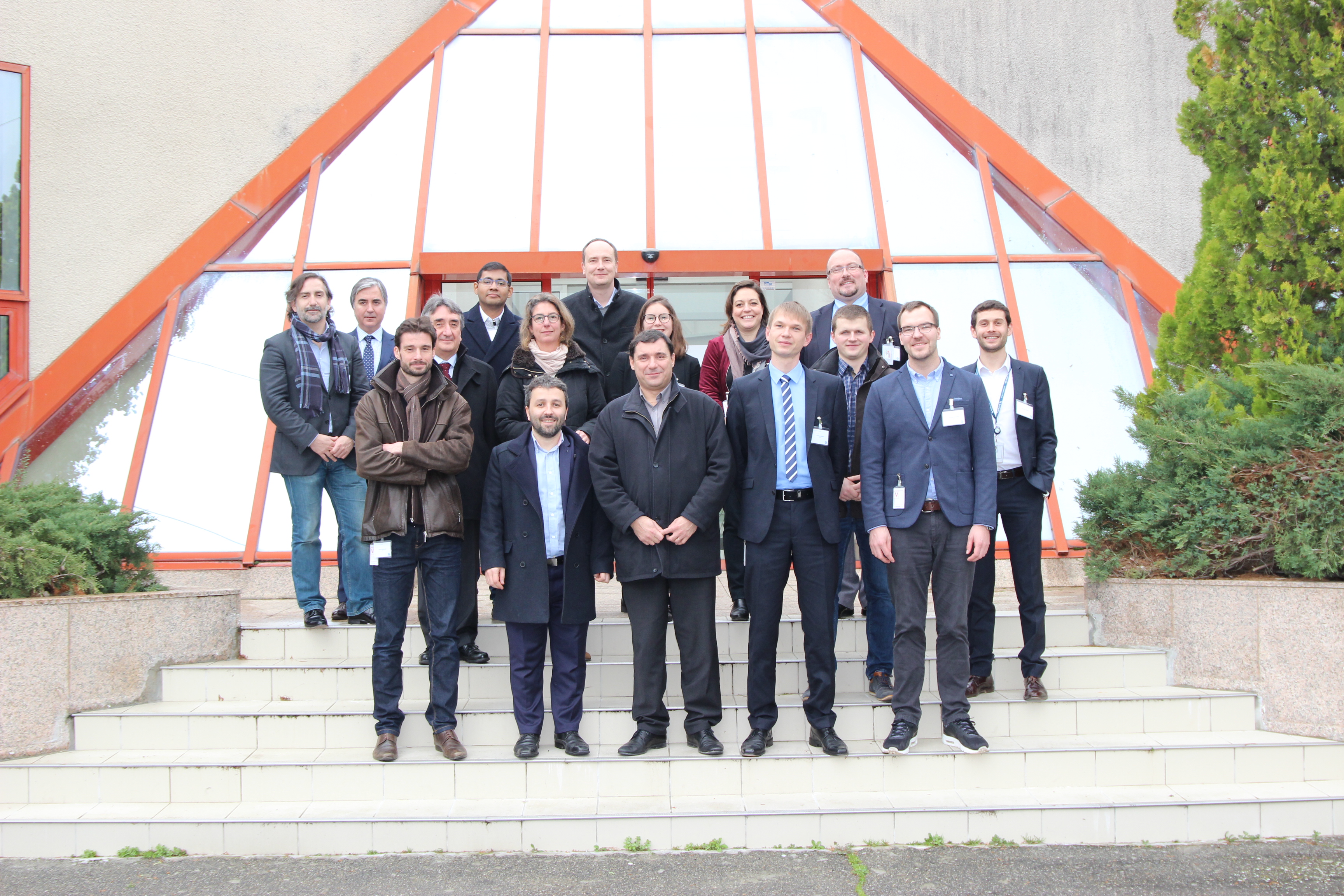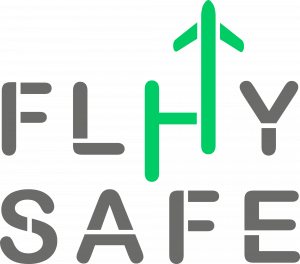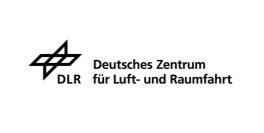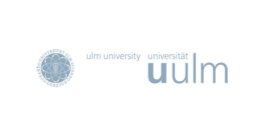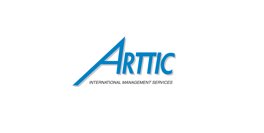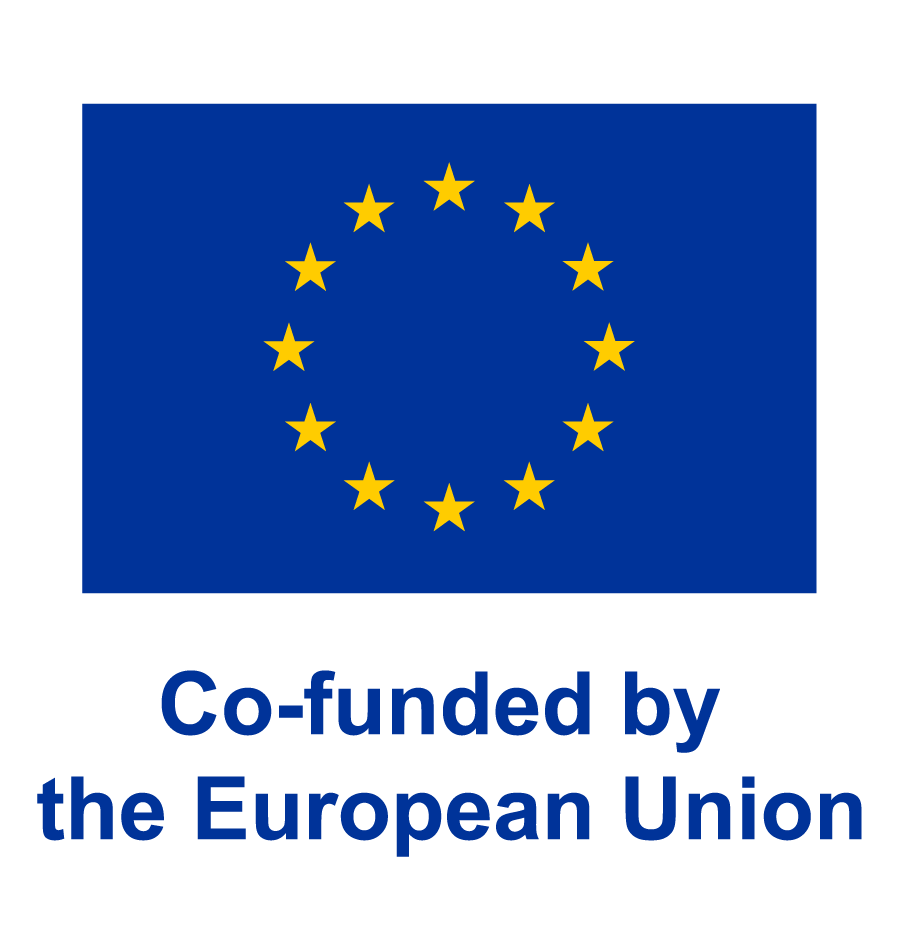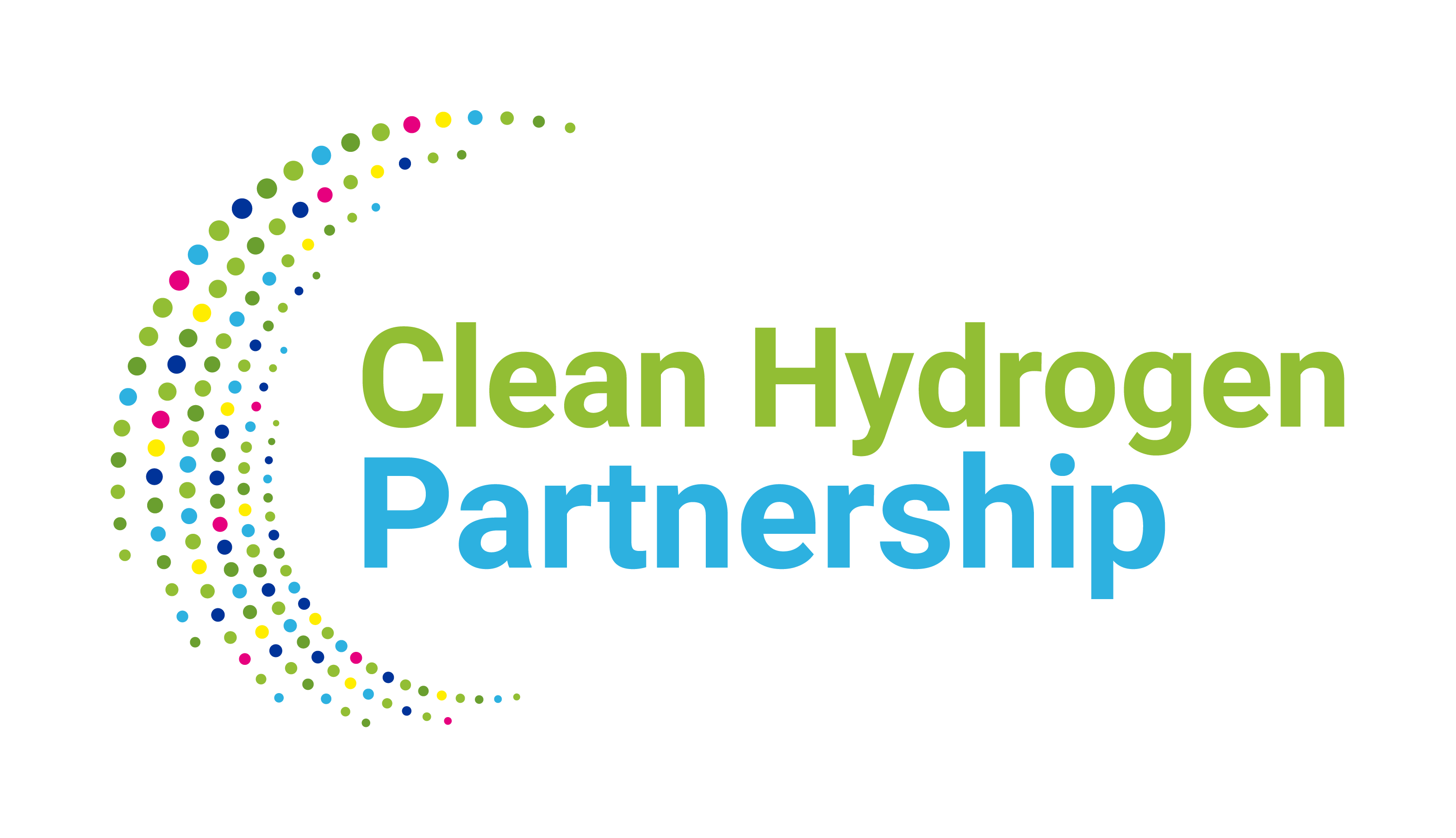NEWS + EVENTS
The FLHYSAFE Project developed a VR tool to review the integration of the fuel cell into the aircraft and to elaborate the installation and maintenance procedure.
Check out the presentation: (1) Post | Feed | LinkedIn

FLHYSAFE project coordinator, Yan Duranteau (Safran PU) was interviewed by the Horizon Magazine about the project ambitions and results.
Check out the article here: bit.ly/3KdrvTV


The virtual Final Workshop of the FLHYSAFE project, where the partners will present results and technological benefits as well as the European Fuel Cell exploitation and research roadmap, will take place on Tuesday 27 June 2023, from 9am to 12.30pm.
To register, please send a message to flhysafe-coordination@eurtd.com


Axel Berres (DLR) attended the 32nd ESREL conference in Dublin and presented his work related to FLHYSAFE : Comparing Distributed and Integrated Hazard Analysis Environments.

The European Hydrogen Energy Conference (EHEC) 2022 was organized by the Spanish Hydrogen Association and had the collaboration of Hydrogen Europe, the IEA Hydrogen TCP, Institute for Energy Diversification and Saving (IDAE), the European hydrogen alliance, the International Association for Hydrogen Energy (IAHE) and Comunidad de Madrid. The conference took place on the 18th, 19th and 20th of May 2022 at the Duques de Pastrana Complex in Madrid.
EHEC 2022 was a key opportunity to boost and facilitate networking spaces and multiple side events where professionals exchanged their interests and plans to explore synergies and potential opportunities for collaboration as well as to continue pushing forward the development of the hydrogen economy.
The presence of innovative scientific projects at EHEC 2022 was very extensive and during the edition, more than 300 Call for Abstracts from 35 countries were submitted. The participating entities, associations, companies, public institutions and administrations, and university and research centres presented a wide range of topics such as Renewable Hydrogen Production, Hydrogen Storage and Distribution, Cross cutting topics, Catalysts and electrodes, Fuel Cells, Modelling and Hydrogen in Transport.
INTA’s results linked to FLHYSAFE (Proposal of a New Technique to Obtain Some Fuel Cell Internal Parameters Using Polarization Curve Tests and EIS Results) was presented during the conference.

FLHYSAFE Project Coordinator, Guillaume Albouze (Safran Power Units) was invited to give an oral presentation at the Programme Review Days 2021 concerning the FLHYSAFE project in the frame of the European Hydrogen Week held between 29 November 2021 and 3 December 2021, in the slot “(2B) Heavy Duty Transport Applications”.

Guillaume Albouze attended the virtual MEA 2021 conference and gave a presentation about the FLHYSAFE project on 21 October 2021.

IFAR is the world’s aviation research establishment network, established on a voluntary, nonbinding basis. IFAR aims to connect public aeronautics research organizations worldwide, to enable information exchange and communication on aviation research activities and to develop among its members a shared understanding on challenges faced by the global aviation research community. FLHYSAFE partner, INTA is one of the IFAR members.
The 12th IFAR Summit 2021 was hosted by the Lukasiewicz Institute of Aviation (ILOT), Warsaw, which is celebrating its 95th anniversary this year and was to take place from 18th to 21st October 2021. The chosen summit theme was Sustainable Aviation.

The annual European Safety and Reliability Conference (ESREL) is an international conference under the auspices of the European Safety and Reliability Association (ESRA).
FLHYSAFE partner Axel Berres (DLR) attended the 31st ESREL conference in September 2021 and gave a presentation (A Seamless Functional Hazard Analysis for a Fuel Cell System Supported by Spreadsheets) linked to his research activities in the FLHYSAFE project.
Interview with FLHYSAFE coordinator Guillaume Albouze – November 2020
In this interview, the FLHYSAFE coordinator, Guillaume Albouze, explains the rationale of the project: the benefits it will deliver, the challenges it addresses and the context in which it is carried out.

Why is it interesting to focus on a system that could replace the current RAT if potential for fuel savings is limited?
An Emergency Power Unit (EPU) based on a fuel cell modular system will increase functionality and safety while reducing costs, compared to a traditional EPU: the modular approach will allow addressing a wider category of aircraft with a common system architecture.
How will the system developed by FLHYSAFE provide enhanced safety features?
The modular approach will add redundancy – and therefore – safety to the system.
How does the project maximize chances of market take-up for this new technology?
On one side, to assess the technical readiness of such a system, a full integration in the aircraft and an important set of simulated operating conditions testing will be performed.
On the other side, an economic assessment will also include the cost effectiveness to derive the Fuel Cell based EPU Total Cost of Ownership, refueling and system maintenance.
The power-scalable approach we have in FLHYSAFE (from 15 kW to 60 kW) based on an elementary 15 kW module will allow the development of generic major components, saving non-recurring engineering (NRE) cost and increasing the volume effect.
What are the advantages of developing technologies based on fuel cells and hydrogen for the aviation sector, particularly in the context of the More Electric Aircraft?
The current trend towards “More Electric Aircraft” (MEA) consists of replacing the traditional hydraulic and pneumatic systems by electrically driven systems that offer higher performance and reliability, combined with lower operating costs.
Hydrogen-based fuel cell systems technology is the most promising solution to deliver non-propulsive energy to the aircraft while reducing drastically green house gas emissions through non-fossil fuel usage.
What are the main barriers to the adoption of fuel cell and hydrogen technologies in the aviation sector? How does FLHYSAFE contribute to overcoming them?
The main barriers to the adoption of fuel cell and hydrogen technologies in the aviation sector are:
- The new technologies to be certified
- The production of sustainable hydrogen at large scale and cost competitiveness
- The need of infrastructure (delivery of H2 at airports, refueling, …)
- The need for an effective liquid hydrogen storage
The FLHYSAFE demonstrator will assess the requirements of a hydrogen feed system for emergency uses, paving the way of specific hydrogen dedicated approach for a future aircraft integration.
The 2019 FCH JU Programme Review Days (PRD) took place on November, 19-20th 2019 at Charlemagne Building in Brussels, Belgium, right before the 2019 Stakeholder’s Forum on November 21st 2019 at the same place.
FLHYSAFE coordinator Guillaume ALBOUZE attended both events and participated in the many conferences held during the PRD and the Forum. The project’s poster was also displayed on the several screens during the PRD, so that attendees could learn more about FLHYSAFE. The PRD constitutes an excellent visibility platform for all the FCH JU projects and the technological developments achieved in the field of fuel cell technologies.

FLHYSAFE partner Pilar ARGUMOSA from INTA attended the 14th SDEWES (Sustainable Development of Energy, Water and Environment Systems) Conference in Dubrovnik, Croatia on October 1st-6th 2019.
A panel session dedicated to hydrogen and fuel cell was held, for which P. Argumosa did a presentation on fuel cell technology onboard aircrafts and presented the FLHYSAFE project.
The conference organised two sessions about hydrogen and fuel cells, from basic research on hydrogen production and fuel cells electrochemistry to fuel cell vehicles applications and hydrogen mobility. The rest of the conference also covers a wide range of topics on energy sustainability, water treatments, alternative fuels, mobility, ammonia, efficient building, social challenges.
It has brought together around 570 scientists, researchers, and experts in the field of sustainable development from 55 countries. Participants have listened to 511 presentations, seen 100 poster presentations, attended a record 17 special sessions and one special and one clustering event, and also had the pleasure of listening to 4 invited lectures and 2 panels with some of the most distinguished experts in the field.
Our FLHYSAFE partner Axel Berres from DLR attended the ESREL 2019 in Hannover, Germany from September 22nd to 26th of 2019 and did a presentation related to FLHYSAFE activities entitled “Towards Standardizing the Generation of Component Fault Trees through“.
The 29th International European Safety and Reliability Conference aimed at providing an all-round inspiring environment and a multi-disciplinary forum for the exchange of knowledge and expertise on theories and methods in the field of risk, safety and reliability, and on their application to a wide range of industrial, civil and social sectors and problem areas.
The FLHYSAFE project was launched on 1st January 2018!
The FLHYSAFE project has officially started its activities on the 1st of January 2018. The Consortium met for the first time at the FLHYSAFE Kick-off meeting, held on 30-31 January 2018 in Toulouse, France (at Safran Power Units site).
